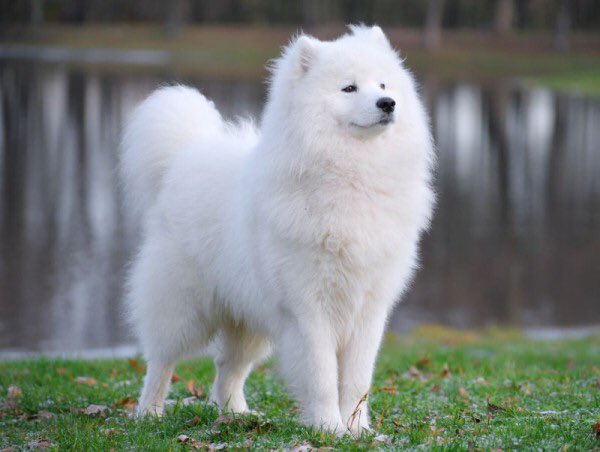
Not every dog needs to be brushed, depending on coat length and texture. The coat care in dogs should also be adapted to the seasons, because especially in spring and autumn, thorough brushing is particularly important to remove dead hair by changing the coat. Otherwise, they can hinder the free air circulation of the underlying skin.
Neglecting fur care in the dog can quickly matt the hair, which not only leads to an unkempt appearance, but also a risk factor for ectoparasites and other skin problems , such as bacterial dermatitis.
The brushing is particularly important in the context of grooming the dog. Longhaired dogs should first be combed out with a comb or harrow loose hair from the top coat and especially the undercoat. Then the entire coat is brushed with a hard brush in long strokes - it should always be worked with the stroke. The powerful brushing not only removes loose hair, it also stimulates blood circulation in the skin. On the one hand, this promotes better hair follicle supply and, on the other hand, secretion of sebum, so that the skin is better protected against adverse conditions. Which brush is best suited for this depends on the condition of the dog fur. Offered are both plastic materials,
The thorough grooming of the dog must be carried out at least once a week, depending on the type of coat. For long-haired dogs such as the Tibetan Terrier or Longhair Collie , however, it should be done on a daily basis. The equipment for grooming the dog is quite manageable in races with smooth fur and little undercoat. Here, a brush is usually sufficient to remove the loose hair. For the care of rough and wire-haired breeds such as Airedale Terrierand Schnauzer, however, a trimmer is needed, which removes the strong undercoat and the dead cover hair. Long-haired representatives require the most intensive care and should be treated daily with a comb and a brush. Some breeds also need a regular shearing. However, this should be left to a specialist, since the risk of skin injuries is relatively high here.